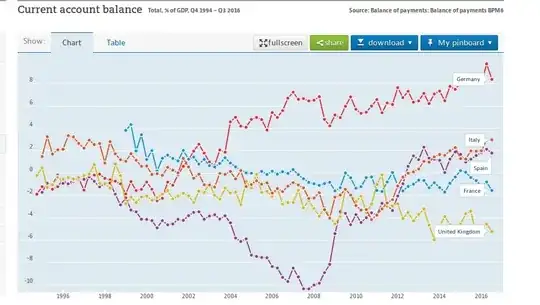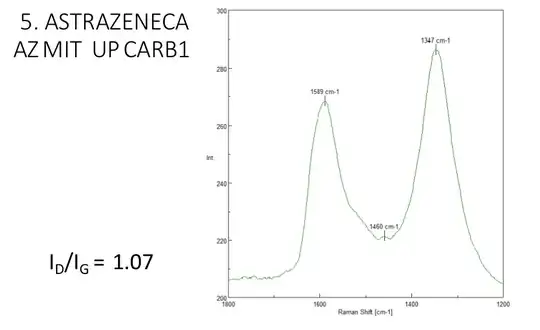The essence of the issue with graphene claim is that RNA looks very similar when analyzed that way:
Campra indicates that the absorption maximum that has been measured with the sample is 260 - 270 nanometers (nm). And he points out that precisely reduced graphene oxide (RGO) has absorption maxima at 270 nm, so it is compatible with the result of the sample analysis .
However, Gabriel Alfranca Ramón, doctor in Nanobiomedicine and researcher at the CSIC, explains that this maximum is also compatible with the peak observed in nucleic acids, such as RNA, so the spectrophotometry carried out "is not at all conclusive".
In his 76-page report (on researchgate) Campra doesn't seem to address this issue. (RNA appears once in the title of a paper from the references section, but that paper appears cited nowhere in the main text.)
In the most recent version of the report (dated Nov. 2) Campra basically looked at all Covid vaccines, including Astra Zeneca, and he basically found very similar patterns in all of them, because he's only looking at two or three peaks in the Raman spectroscopy data. For example he lists these different "bits" of a Pfizer and an AZ vaccine as strong candidates for graphene. (There's a similar one for Moderna.)


Basically, he goes by the peaks at 1350 cm-1 and 1590 cm-1 and the ratio between them... and he compares those with the similar data for graphene, but there's no data given in Campra's paper for what that would look like for RNA (only for graphene and graphite).
However, if you look at (numerous) peer-reviewed publication that try to apply Raman spectroscopy to biological matter, it's indeed (as the "counter-experts" cited by the newspaper say) no easy task to tell apart different kinds of such matter using Raman spectroscopy, especially using just those two peaks.
As examples:
One paper merely notes that 1342 cm-1 and 1571 cm-1 are tell-tale of DNA or RNA.
Another explains in somewhat more detail that 1343 cm-1 corresponds to "adenine residue", whereas
1573 cm-1 to "nearly equal contribution from A[denine] and G[uanine]".
To me, as a non-expert, it's not inconceivable thus that a mixture of A and G could produce near equal peaks at those two frequencies.
Basically, Campra is relying on an established method known to easily distinguish graphene from graphite (the latter just has huge peak the higher of these two frequencies--see e.g. fig 5 in this review)... but not from RNA. And nobody expects graphite in the vaccine, so that's the wrong metric to judge false positives by, IMHO.
If one were to take Campra's claim at face value, one also has to ponder how "graphene" could have possible made it into vaccines manufactured by vastly different technologies (mRNA-LNP Pfizer vs DNA-adenovirus based AZ) and made in different plants.


